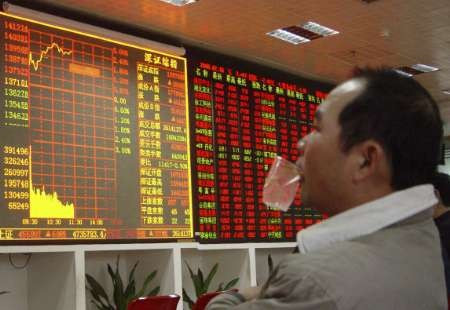China stocks rebound as market watchdog suspends circuit breaker

Asian stocks witnessed a mixed pattern, swaying between gains and losses as markets in China recovered after the country's regulator removed the circuit breaker. The China Securities Regulatory Commission (CSRC) announced late on 7 January that it would suspend the circuit breaker which it had implemented at the start of the week, with a view to calming the markets and to regulate the limit by which stocks could fall.
The Shanghai Composite Index, after trading down as much as 1.89%, rebounded sharply and was at 3,205.67, up 2.58%, while Hong Kong's Hang Seng was trading higher by 0.76% at 20,487.56.
Despite the Chinese rebound, the Asian markets were on track to turn in their worst weekly performance in four years. Traders kept a close watch on the Chinese markets which were suspended from trading on 7 January after China's CSI 300 index declined by more than 7%.
Australia's benchmark S&P/ASX 200 which initially tracked China gains, slumped later to close in the red at 4,990.80, down 0.39%; Japan's Nikkei 225 was trading lower by 0.46% at 17,685.78; South Korea's KOSPI was in the green at 1,916.97, up 0.66%; India's CNX Nifty was also in the green at 7,598.30, up 0.40%.
Bill Witherell, chief global economist at Cumberland Advisors, said: "[China would] need to let markets reach market-clearing prices before a real bottom can be established."
Among commodities, oil prices which have been on the decline following supply exceeding demand and the more recent tensions in the Middle East, were higher in Asian trading hours. While WTI crude oil was up 2.07% at $33.96 a barrel, Brent crude rose 2.10% at $34.46 a barrel.
© Copyright IBTimes 2025. All rights reserved.

















